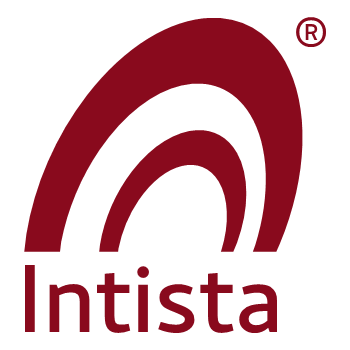In the second part of the series on the integration playbook, we describe the types of information held, and the best technology type for each.
As a reminder, the Integration Playbook is not a book, but a collection of documents that describe how you intend to integrate an acquired business, the status of the integration projects, guidance and help for employees.
Information Types
Information held in the playbook is one of two types:
Reference information. These are finished documents and status snapshots that, once written, are not updated.
- Examples are the mission statement, workstream charters, templates, weekly status reports, How To guides, employee training, org. charts
Living documents. Information that is repeatedly updated, modified, and shared between more than 1 person
- Examples are integration tasklists, dashboard reports, calendars, office visit schedules, communication plans, risk registers
Reference Information
For reference information I recommend this information is held in files that can be easily read by the viewer, for example Microsoft Excel, Word or PowerPoint files, Google Docs or Sheets files.
Avoid file formats that require expensive or niche software to open, for example Adobe Illustrator to hold company logos, or Microsoft Project to report integration status. People who use these applications should export snapshots to more accessible file formats, e.g., PDF, JPG or Excel.
Living Documents
For living documents, it is critical that there is only one copy of the information. We must ensure that there is one true source of information. Living documents should be cloud-based information, that employees from both the acquired and acquiring companies can access. For example, instead of using Microsoft Excel, use Google Sheets, Smartsheet, Jira, Trello, Workzone, or Microsoft Excel Online.
If you opt to collaborate with files that are not stored in the cloud, you will spend time ensuring that the correct file is being edited, or will spend time sync’ing files.
It is not often that you’ll need a living document version of Microsoft Word file, as Word docs are usually used as a record or reference e.g., meeting notes or How To guides. For collaborative brainstorming there are many fine tools such as Microsoft Teams, Trello, Collabora, or Quip. We also recommend business-based communication tools like Slack for collaboration.
Exceptions to the rule
Communication presentations should theoretically be living documents that are modified as the Communication Team hones messaging for different audiences. However, when it becomes time to give the presentation, you should use a PowerPoint file as the presenter will be dependent upon technology at the meeting location. The sensible solution is to use a PowerPoint file.
For these exceptions, I recommend you use a cloud-based document storage to hold your documents, and some previous versions. Again, there are many good tools, including SharePoint, DropBox, OneDrive and others.
The Bottom Line
In all cases, the key is ease of access to correct information.
Store reference information in easily read file formats, and store live information in an accessible location in the cloud.
The Playbook is a topic in our online subscription, Managing Integrations. Learn how to integrate your own acquisitions through online learning, templates, and weekly group meetings.
